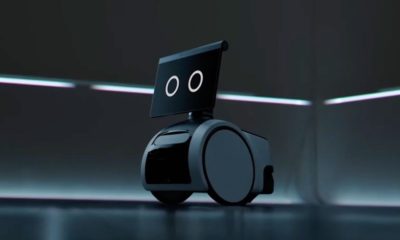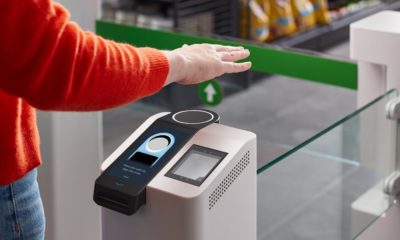Innovation
What Is Amazon’s Latest Ring Security Drone All About?
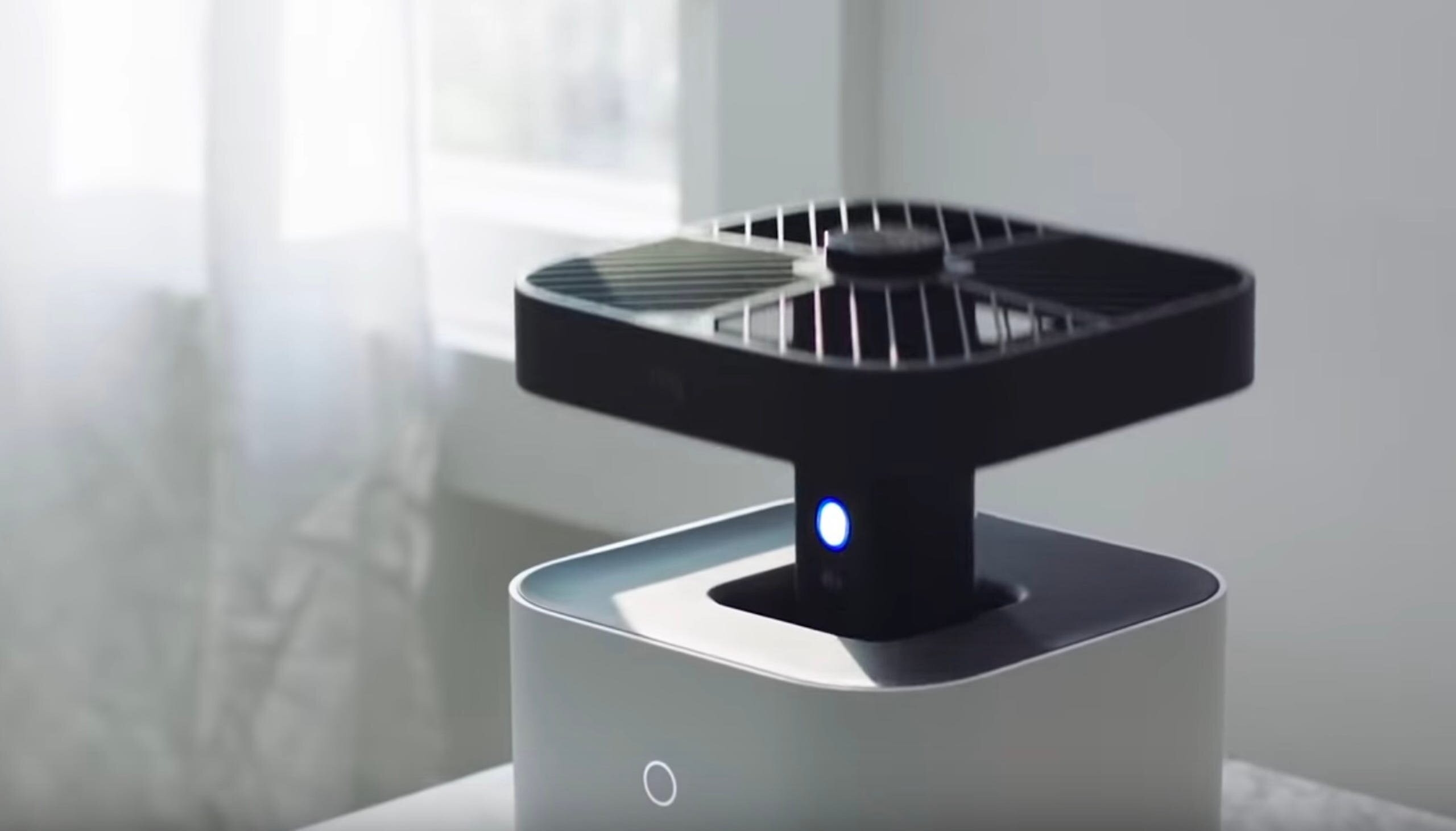

Amazon, a renowned tech investor in mind-blowing gadgets and technologies, held its annual hardware event on Thursday, 9/24/2020. Just like we expected, they showcased several gadgets. Among the various stuff announced was the ‘Ring Always Home Camera,’ which is a small drone that received a lot of attention since then, here’s why.
Technologies and products invented by Amazon seem to be unsettling to some consumers regarding privacy and security. However, as a trusted company, it goes ahead to make large sales to their customers who seem satisfied with what they pay for.
How does this drone work?
Think about having someone you trust to watch over your house or office when you are away. In this case, he will sit down quietly, waiting to respond quickly to any noise, movements, or triggered alarms in about 5 minutes when he is done checking them out to make sure everything is okay. This can be related to how the Ring drone from Amazon works.
Jamie Siminoff, Ring’s founder and “chief inventor,” revealed to The Verge in an interview that they had spent the last two years focusing on developing the device. The idea behind the Always Home Cam is to provide multiple viewpoints throughout the house without requiring multiple cameras.
The drone has a camera attached to it and spends most of its time in its charging dock. It can fly on-demand or be programmed to fly when movement or an alarm is detected, and it moves for 5 minutes. A map of the owner’s home is first built in the Ring camera. The camera is also said to make an audible noise when recording footage; this is why it’s called ‘privacy you can hear.’
The camera can also be used to check if any windows or doors were left open or a stove left on. The technology and sensors used in the device allow it to avoid colliding with walls and the propellers. It is also well enclosed to prevent damages.
Amazon’s ring security Drone has lots of privacy concerns.
Feedback from the possible consumers and critics on the internet are concerned about privacy and how creepy it is to have the tech team at Amazon to watch videos they shouldn’t be watching since the entire client’s house will be able to be monitored.
Critics went ahead to make comments on the Amazon Sidewalk, which was also announced, a proposed mesh network that allows its device and third-party trackers to communicate with each other in distances less than half a mile. The concerns majorly were about the unknown problems that would arise from using such technologies.
Most of the questions concerning privacy and security were answered by the company’s officials, who claimed to have added two-factor authentication to the device, protecting the clients from unauthorized logins into the Ring camera.
Final thoughts
Despite the ‘Ring Always Home Cam’ that got people asking all kinds of questions being announced, the product is not expected to be available on the market for purchase until next year. It is expected to cost around $249.99 when it starts shipping. The delay is because it hasn’t been approved by the Federal Communications Commission (FCC).
Innovation
An Overview of Amazon’s Latest Astro Robot
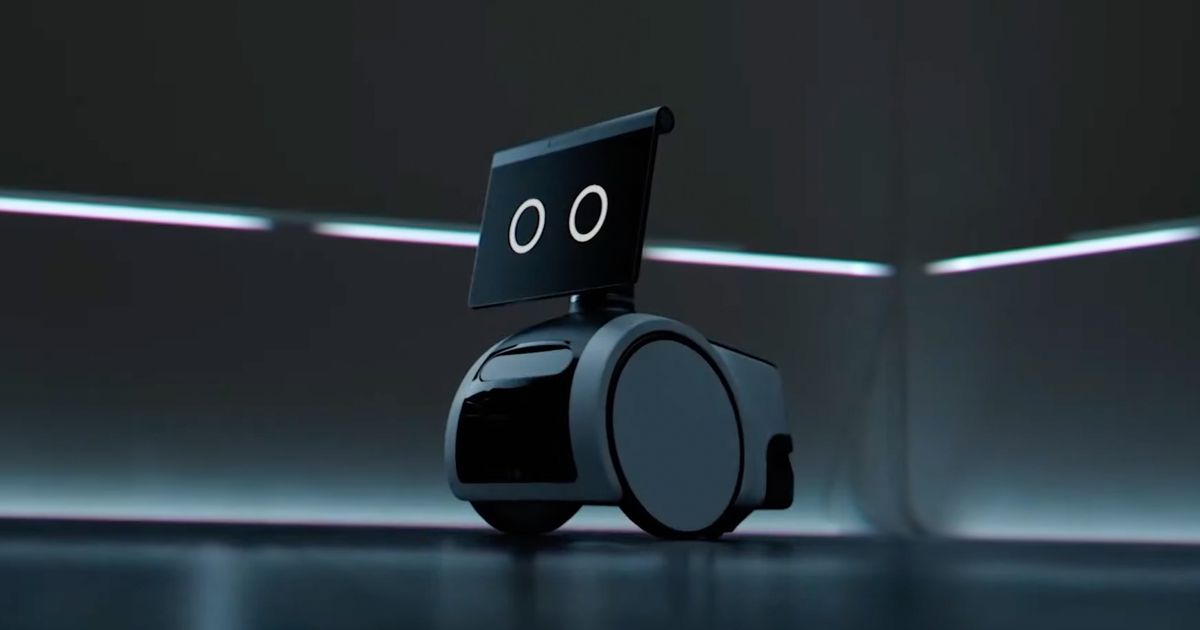

Earlier in October, Amazon announced their long-awaited Astro Robot that can be used for various purposes in homes. This robot can autonomously drive around your room thanks to its precise cameras and obstacle detection sensors. It is practically a home assistant that can help with a couple of simple tasks such as recognizing people and alerting you if someone new is in the house, handling video calls, and even alerting you when someone calls or if you have a reminder.
During the announcement of this robot, Dave Limp, head of Amazon’s devices and services, said they want their customers to use this robot for multiple tasks more than being an Alexa on wheels.
We have seen several versions of this concept, including Tesla’s humanoid robot that they released about two months ago. However, is Amazon’s Astro Robot really different from all the versions made by other companies? Let’s take a look at some of its key features.
Features of the Amazon Astro Robot:
- Intelligent motion: This robot has built-in sensors that enable it to drive around your home without colliding with objects. So, you can always have it wherever you need it within the house.
- Remote operation: The Astro Robot is connected to the internet, so you can control it while you are away from home. This handy security feature enables you to monitor your entire house while you are away.
- Built-in Alexa: It comes with all the Alexa capabilities. So, you can use it to set reminders, manage shopping lists, receive activity alerts, and many more.
- 10.1″ HD touchscreen display (1280×800): This can be used to make entries and consume content, such as watching TV shows, showing your music playing lists, shopping lists, and many more.
- 2 Cameras: It has a 5MP bezel camera and 1080P ultrawide periscope camera with a 1320 field of view. This camera can rise on a built-in arm up to 42″ from the ground for more effective home monitoring. The cameras also have built-in face recognition capabilities that can help users identify news faces in the house.
- It uses rechargeable Lithium batteries: These batteries support fast charging (full charge in 45 minutes) when using the charger included in the box.
- Connectivity: It supports WiFi and Bluetooth to communicate with other local devices and connect to the internet.
- Processors: This robot comes with a couple of processing chips, including a2x Qualcomm QCS605, 1x Qualcomm SDA660, and 1x processor with Amazon AZ1 Neural Edge.
Amazon’s Astro Robot will be available for purchase for $999 in up to 50 states in the US. However, getting this robot involves a few extra steps. You will have to request an invitation to buy it and answer a couple of questions in their survey form. Amazon will then send you feedback informing you whether your invite was accepted.
Innovation
Varda Space Startup Plans to Develop Factories in Orbit
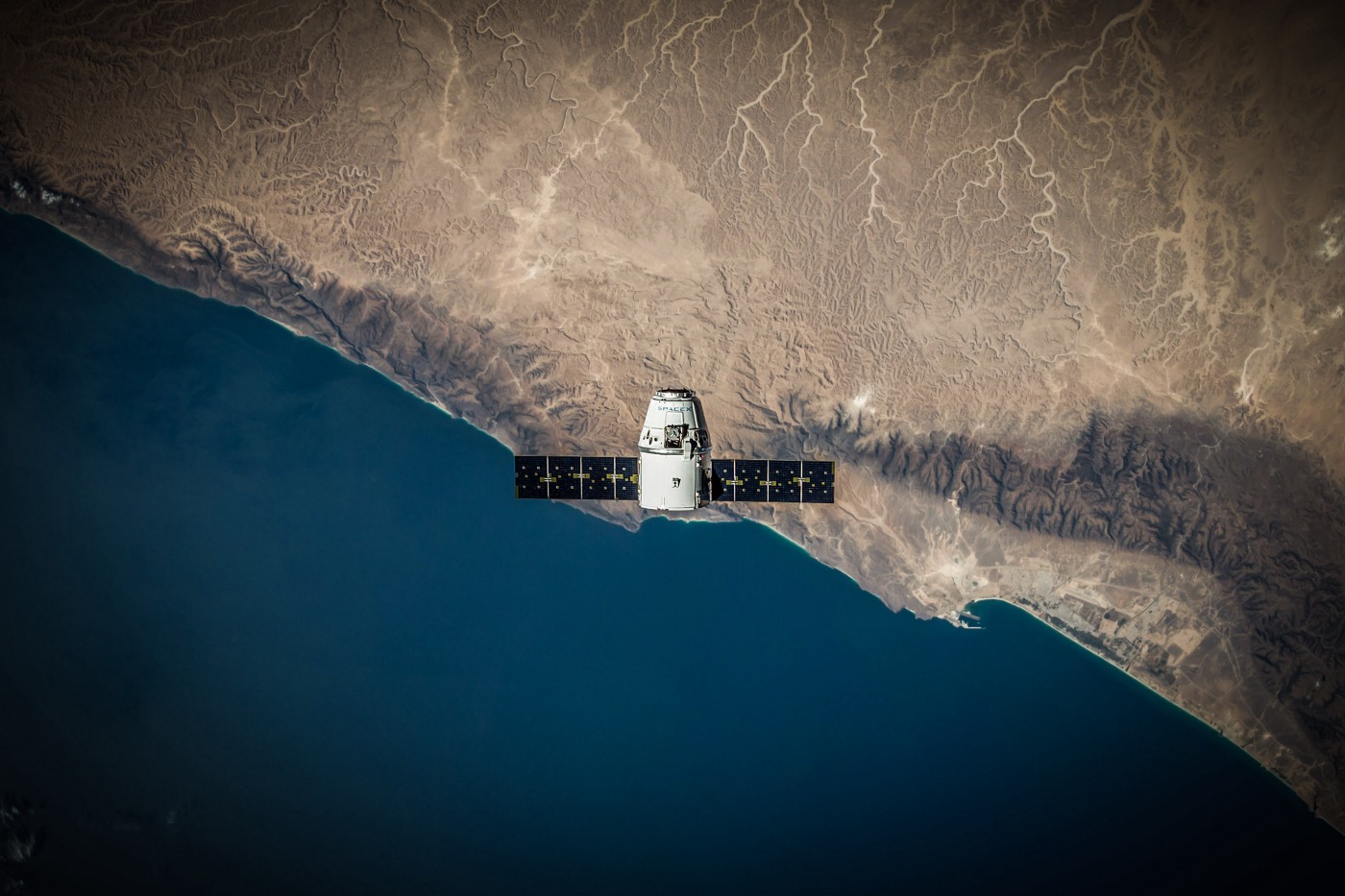

Varda Space Industries has now raised $53 million in funding. This new startup in the space industry was founded by Will Bruey and Delian Asparouhov, a pair who have worked at SpaceX and Founders Fund for over a decade.
Like SpaceX, Varda’s mission is ambitious; they want to be the first company to build factories in space. In an interview with CNBC, Will Bruey, the CEO of Varda, stated: “The Varda mission is to build the first space factory – essentially the first industrial park on orbit.” Varda is aiming at having its first mission in the first quarter of 2023.
They raised over $42 million in a round of funding that involved investors like Khosla Ventures, Caffeinated Capital, Lux Capital, General Catalyst, and Founders Fund. Before this round, they had initially raised $11 million in seed capital, which brings their total capital to over $53 million within less than a year after founding the company.
Varda has so far assembled a team of 16 people, most of them coming from SpaceX and several other companies in the space industry. They aim to build a team of at least 40 people before the first launch.
So, what exactly will Varda be manufacturing in space? According to their CEO Bruey, Varda will look to tap markets for products such as semiconductors, fiber optic cables, or pharmaceuticals – “extremely large” marketplaces here on the ground, Asparouhov said. He also noted: “Varda can exist because we don’t have to build the entire” technology system “ourselves,”
They may not be the first company to take goods to and from space stations, but they want to become the first to manufacture products right from space.
Asparouhov, the co-founder of Varda, noted that they would judge themselves based on their frequency of reentry because their goal is to bring value back on earth.
Varda is currently working on a three-piece spacecraft to kick off their journey. It consists of a commercially available spacecraft platform, the manufacturing module, and a heat shield-protected capsule to reenter the atmosphere and land under parachutes. Their first goal is to bring back products of at least 100 kg of material on earth.
Regarding regulation, Varda is still in the preliminary design review level and in the final stages of being authorized by the regulators and other stakeholders. Many are wondering if Varda will beat the deadline for their first mission scheduled for Q1 2023.
Innovation
How Dubai Is Artificially Creating Rainstorms


The United Arab Emirates (UAE) is one of the hottest regions globally, with an average annual temperature of about 95 Fahrenheit. Unlike some parts of the UAE, temperatures in Dubai regularly surpass the 115 Fahrenheit mark.
Dubai currently receives only 4 inches of rain throughout the year, way below the world average (39 inches). Because of the lackluster rain and hot temperatures, Dubai imports over 80% of its food since no meaningful agriculture can be done.
But, the UAE government has now invested over $15 million into using artificial methods to induce rainstorms in Dubai to deal with the hot temperatures.
In the last few weeks, there was a breakthrough in their efforts when meteorological officials released a video of rain over Ras al Khaimah and several other regions in the UAE. Scientists made this possible by using electrical charges from drones that manipulate the cloud and force them to release raindrops.
This feat brings hope to many other regions worldwide that are facing the challenge of water scarcity and extremely high temperatures. One of the significant caveats in this research was that some tiny raindrops would evaporate due to hot temperatures even before they reached the ground. To overcome this, scientists had to ensure the electricity the drones hit the clouds with is enough to create larger raindrops.
In his words, the Ambassador of the United Arab Emirates to the U.K. said:
“It’s moving to think that the rainfall technology I saw today, which is still being developed, may someday support countries in water-scarce environments like the UAE.”
Even though cloud seeding technology is fascinating, there are still concerns about its short and long-term side effects. Some of the unfortunate incidents that happened in the past due to such technology include one when Russia mistakenly dropped a non-powderized block of cement on some homes.
Heavy flooding is another catastrophic side effect that scientists have identified that we could face due to this kind of technology.
Eight western states are already using the technology of inducing rain from the clouds in the USA, following Dubai’s footsteps. However, the challenge with this cloud seeding over the years has been determining its effectiveness in the short- and long term. This technology is in its infant stages and still has the potential if it turns out to be cost-effective and viable.
-



 Spzrts5 years ago
Spzrts5 years agoWhat’s the Hype Around FlightReacts?
-



 World5 years ago
World5 years agoArtificial Intelligence in the Modern World
-



 Genfluencer5 years ago
Genfluencer5 years agoHow StevoLuddy Uses TikTok to Further Pursue His Passion
-



 Genfluencer5 years ago
Genfluencer5 years agoHow Rowan Winch Makes Thousands From His Phone
-



 Digital Culture5 years ago
Digital Culture5 years agoThe Effects of Social Media on the iGen (Generation Z)
-



 Business4 years ago
Business4 years ago5 Tips for Starting a Limited Liability Company
-



 Spzrts5 years ago
Spzrts5 years agoHow the “Basketball Bubble” Runs on Technology
-



 Digital Culture5 years ago
Digital Culture5 years agoHow to Navigate TikTok with Adam Meskouri

